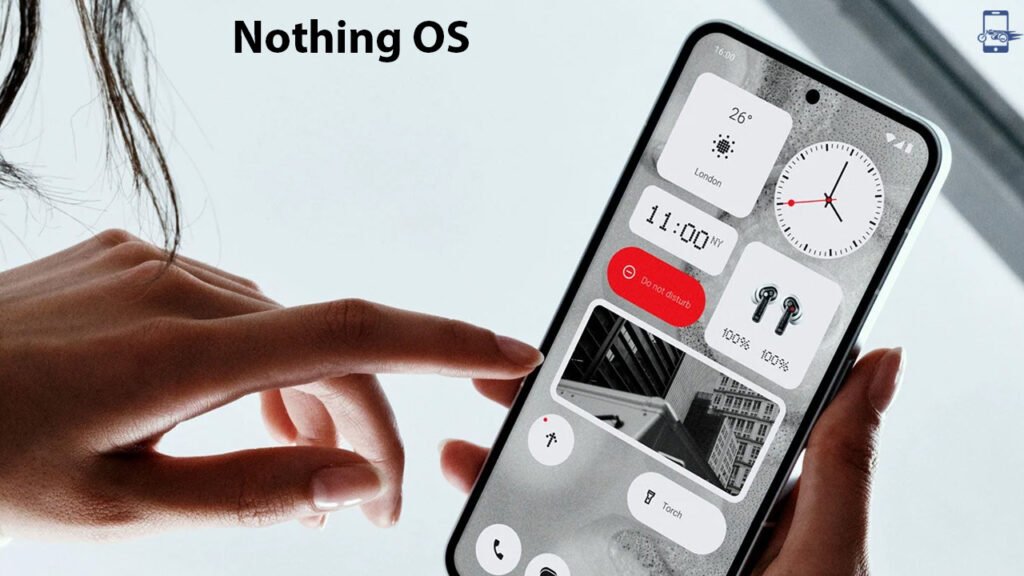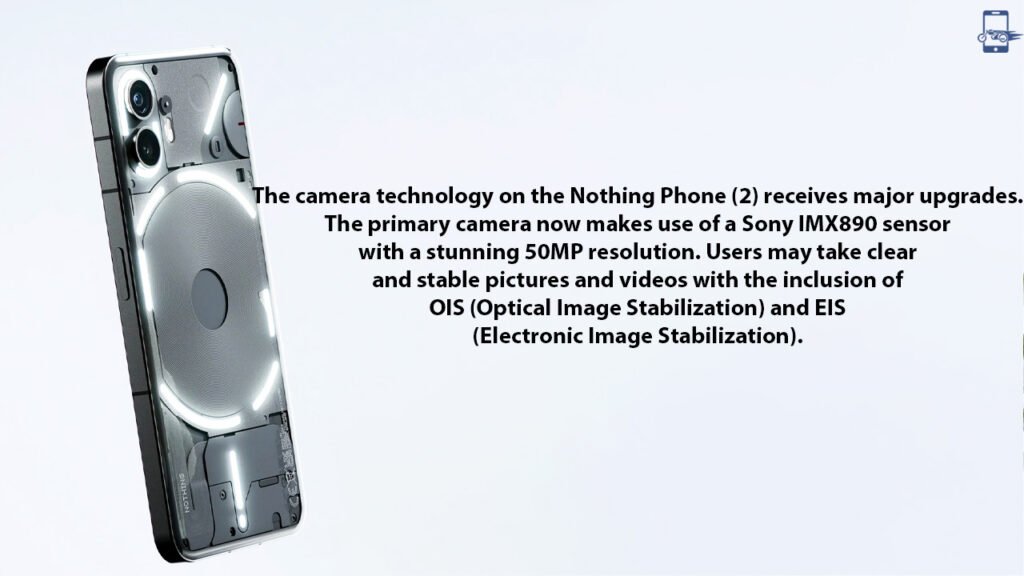Nothing Phone (2) Initial Impression
Thanks to its unique characteristics and the company’s deft use of teasers, The Nothing Phone (2) has recently garnered a lot of interest and enthusiasm. The Nothing Phone (2) Review has finally been introduced, bringing with it a number of upgrades over its predecessor.
The Nothing Phone (2) is a remarkable gadget that builds on the advantages of its forerunner while adding a number of noteworthy improvements. We will examine the main characteristics and facets of the Nothing Phone (2) in this article and offer a thorough first impression assessment.
Design and Specification:
The Nothing Phone (2)’s appearance may be identical to that of its predecessor, but it has a rounded rear that makes handling it more comfortable. A characteristic aspect of Nothing devices, the Glyph interface, has also been updated. The Phone (2) now has 33 LED illumination zones over 11 segmented LED strips. Novel notification use cases are made possible by this, including volume control and timing indicators.

Users may also designate particular applications to the top-left LED for Essential Glyph notifications, which stay light until the user deletes the notice from the notification menu. The fact that Nothing has made its Glyph interface SDK and API available to developers suggests that this functionality may eventually be used in even more inventive ways.
The 6.7-inch LTPO OLED screen on the Phone (2) has a stunning 1-120Hz refresh rate and FHD+ resolution. A 32MP front-facing camera with a Sony IMX615 sensor and capability for 1080p video recording at 60 frames per second is housed in the center punch-hole cutout.
Improved Glyph Interface
The Nothing Phone (2) Review enhanced Glyph interface adds a number of enhancements and features. It provides a visually pleasing and exciting experience with its 33 total LED lighting zones and 11 segmented LED lighting strips. The Glyph interface may be used by users to receive a variety of alerts, such as volume control and timing indicators. Important alerts will always be visible unless explicitly dismissed from the notification menu when displayed on the top left LED. Which may be configured to display Essential Glyph notifications.

Additionally, Nothing is granting access to the Glyph interface SDK and API to developers. Opening the door for additional creativity and the development of original use cases for this feature. The Glyph interface is a significant part of the identity of the Nothing Phone (2) and offers the possibility for future modification and improvements.
Improved Cameras:
The camera technology on the Nothing Phone (2) receives major upgrades. The primary camera now makes use of a Sony IMX890 sensor with a stunning 50MP resolution. Users may take clear and stable pictures and videos with the inclusion of OIS (Optical Image Stabilization) and EIS (Electronic Image Stabilization).

The enhanced HDR (High Dynamic Range) and Motion Capture modes on the Phone (2) significantly improve the shooting experience. Additionally, the gadget has a 50MP ultrawide camera with a Samsung JN1 sensor that supports enhanced HDR capabilities and broadens users’ creative options.
Effective Performance:
The Snapdragon 8 + Gen 1 processor powers the Nothing Phone (2) Review, which is a major improvement over the SD 778G+ found in the Phone (1). Users may multitask with ease and enjoy demanding programs and games thanks to its potent chipset’s smooth performance and responsiveness.
Charger and battery:
Nothing has given the Phone (2) a 4,700 mAh battery. Which is more than enough to keep you connected all day. While wireless charging stays at 15W, wired charging has increased to 45W, providing quicker charging times. Users benefit from the flexibility and convenience that this mix of wired and wireless charging options gives.
logical Software:
The Nothing Phone (2)’s software experience is improved with Nothing OS 2.0, which is based on Android 13. This update adds new widgets, theme colors, folder layouts, and graphical covers that let users customize their devices and design an experience that appeals to their senses.
Cost and Accessibility:
The Nothing Phone (2) is available in white and dark grey to suit various aesthetic preferences. Three storage options are offered: 8/128GB, 12/256GB, and 12/512GB. Pricing for the 8/128GB basic model starts at $599 (£579/€679), while the 12/256GB model costs $699 (£629/€729). The most expensive 12/512GB model costs $799, £699, or €849. The Nothing Phone (2) is now available for pre-order, and open sales will start on July 17 through the Nothing.tech website.
Conclusion:
The Nothing Phone (2), in conclusion, is a fascinating product that effectively improves on the advantages of its forerunner. It delivers a complete smartphone experience with its streamlined appearance, better Glyph interface, and upgraded camera system. Potent performance, and user-friendly software. The Nothing Phone (2) Review is ready to pique. The interest of users looking for a distinctive and feature-rich smartphone and tech aficionados alike.
FAQs:
- Is it possible to modify the Glyph interface’s LED notifications?
In order to ensure that critical alerts are displayed until they are deleted from the notification menu. Users can designate particular applications to the top left LED for Essential Glyph notifications.
- Can the Nothing Phone (2) be charged wirelessly?
The Nothing Phone (2) does, in fact, offer 15W wireless charging.
- What is the Nothing Phone (2)’s initial price?
Nothing Phone (2)’s entry-level model with an 8/128GB storage capacity is $599/£579/€679.
- Can I use the Nothing Phone (2) on 5G networks?
The Nothing Phone (2) can connect quickly and reliably to 5G networks, thus the answer is yes.
- How widely is the Nothing Phone (2) available?
The Nothing Phone (2) is now available for pre-order, and open sales will begin on July 17 on the company’s website, nothing.tech.
Know More About Nothing Phone (2) . . .
Thank you so much for being with the BDPrice.com.bd family.
Our Facebook page BD Price.
The post Nothing Phone (2) First Impression Short Review appeared first on BDPrice.com.bd.
